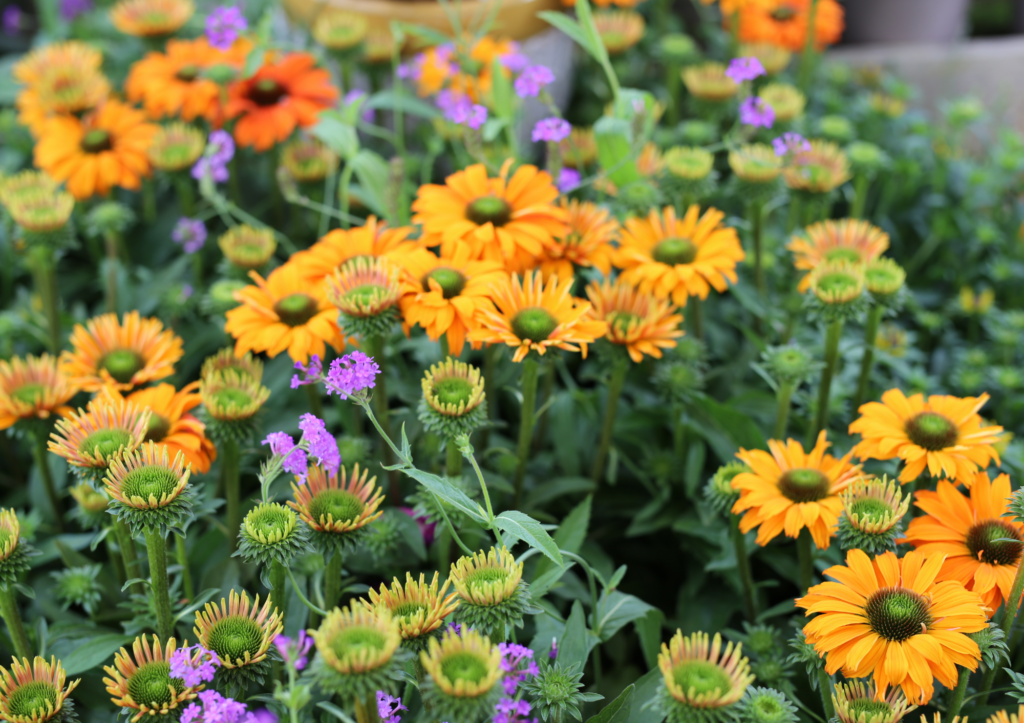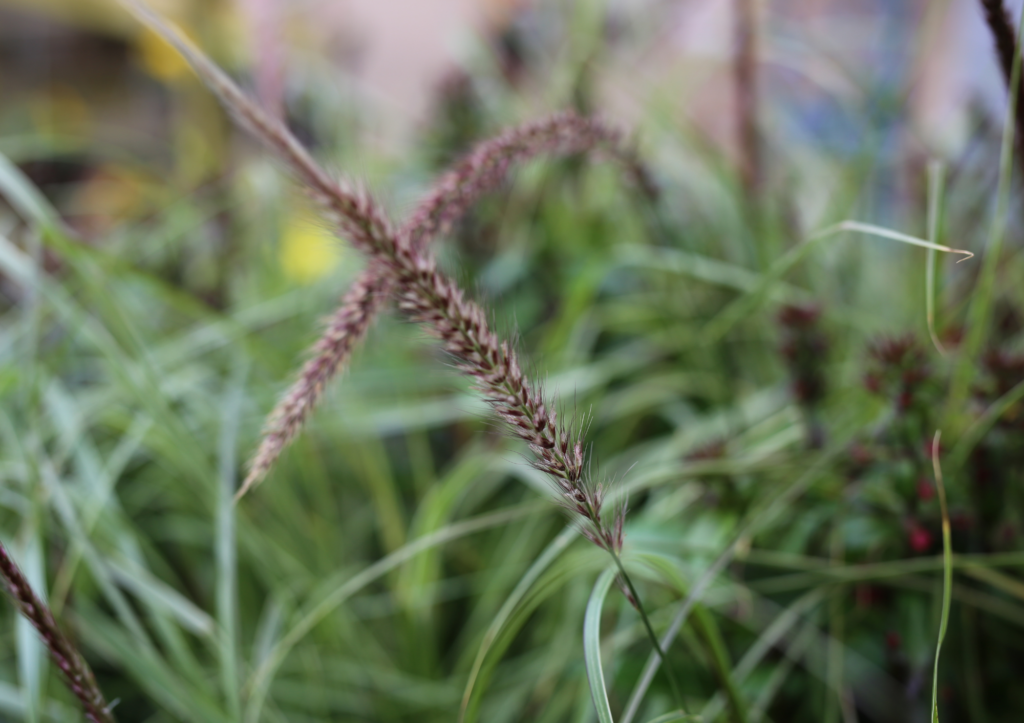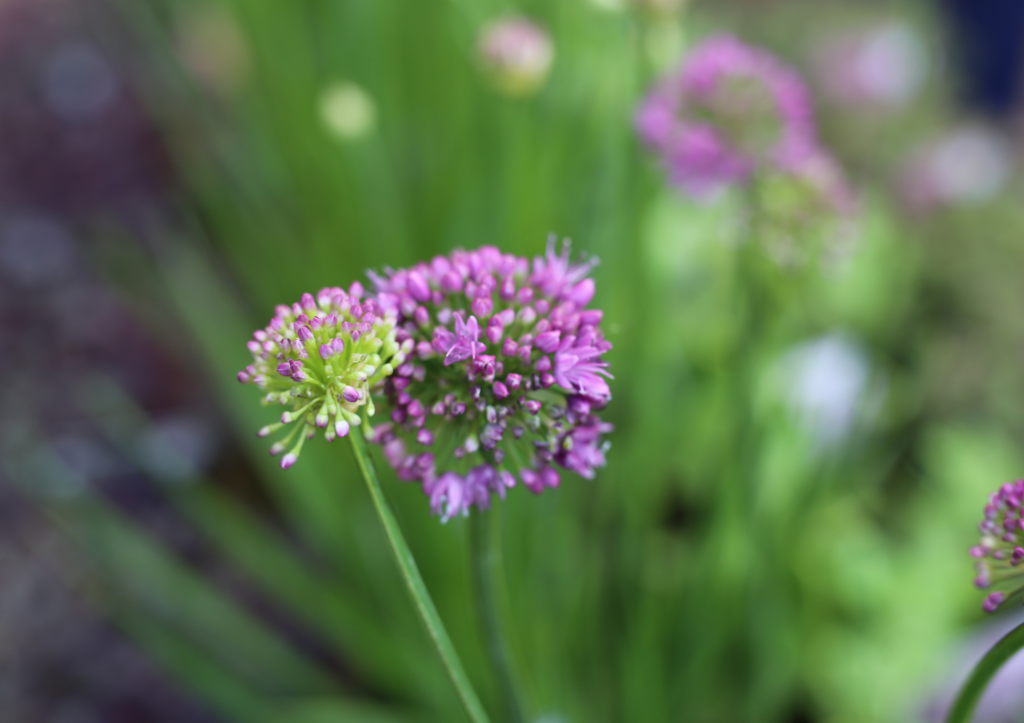What is a Prairie Planting Scheme?



Creating a garden in the prairie style involves embracing the natural beauty and ecological benefits of drought tolerant plants. This gardening approach is inspired by the vast grasslands of the Midwest America, characterized by tall grasses, wildflowers and a harmonious blend of textures and colours. Prairie planting schemes not only offers a visually stunning landscape but also supports local wildlife and requires less maintenance compared to traditional gardens. Here’s a step-by-step guide to help you design your very own prairie-style garden.
1. Plan Your Space and Choose Native Plants
The first step in creating a prairie garden is to plan your space. Prairie gardens can be adapted to various sizes, from small garden plots to larger fields.
Grasses
- Ophiopogon
- Helictotrichon
- Phormium
- Uncinia
- Stipa
- Bluestem
Flowers
- Purple Echinacea
- Rudbeckia
- Coreopsis
- Verbascum
- Helenium
These plants not only add vibrant color but also attract common pollinators like bees and butterflies but also evening pollinators too.
2. Prepare the Soil and Plant
Once you’ve selected your plants, it’s time to prepare the soil. Prairie plants are adapted to well-drained soils, so ensure your garden bed has good drainage. Remove any existing lawn or weeds and enrich the soil with compost to provide a nutritious foundation for your plants. When planting, group species in clusters to mimic the natural prairie landscape. This not only creates a more authentic look but also allows plants to support each other’s growth.
3. Maintain and Enjoy Your Prairie Garden
One of the great benefits of a prairie garden is its low maintenance. Once established, prairie plants are drought-tolerant and require minimal watering. Mulching around the base of plants can help retain moisture and suppress weeds. Regularly monitor your garden for invasive weeds that may outcompete native plants. In late winter or early spring, cut back grasses and spent flowers to encourage new growth and maintain a tidy appearance.
By planting a prairie garden, you’re not just creating a beautiful outdoor space; you’re also contributing to environmental sustainability. Prairie gardens provide habitat for wildlife, improve soil health, and require fewer resources than conventional lawns. With thoughtful planning and a bit of patience, you can transform your garden into a vibrant, self-sustaining ecosystem that celebrates the beauty and resilience of these plants.
